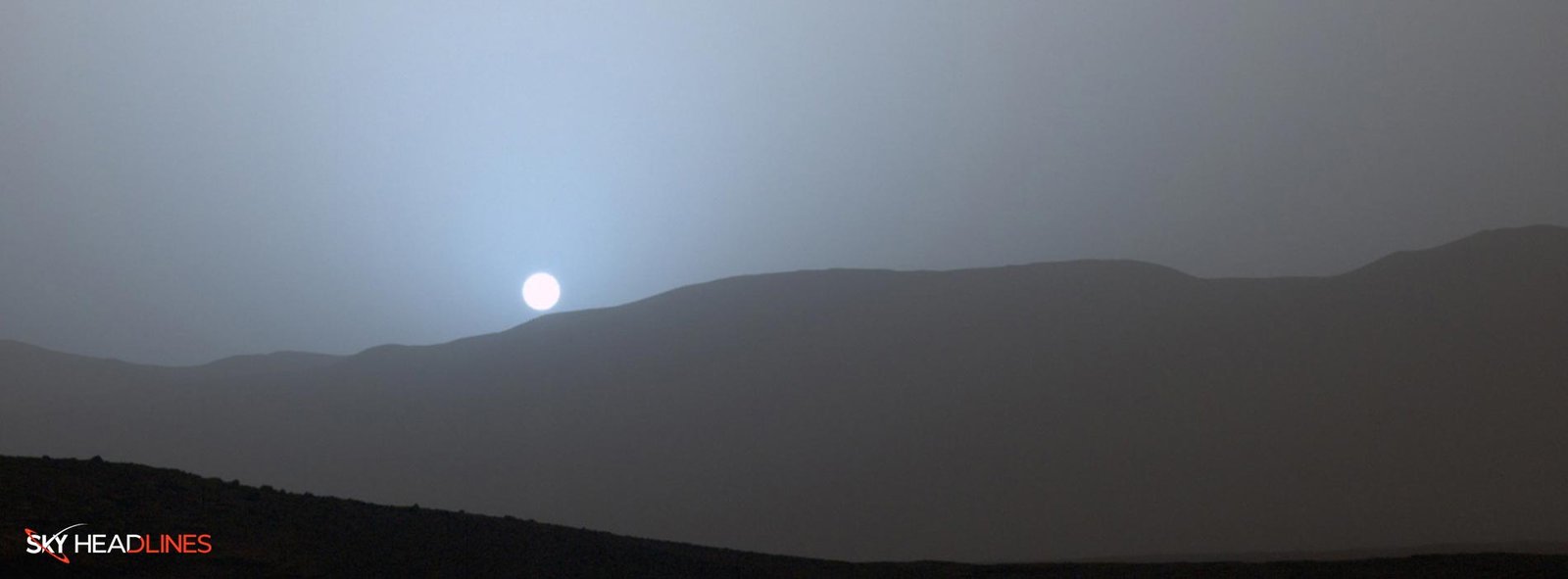News:
After NASA’s curiosity finished a big software update in April, it took one last look at “Marker Band Valley” before leaving. It took a “postcard” of the area.

Let’s Have a Deeper Look At NASA’s Curiosity Mars Rover
The postcard is an artist’s view of the scenery. It comprises two black-and-white photos from Curiosity’s navigation cameras that have been colored.
The pictures were taken in the morning on April 8th, right at 9:20 a.m. and 3:40 p.m. local time on Mars. The lighting was very different each time, making the scene’s details stand out when they were put together.
Parts of the postcard that were taken in the morning were colored blue, and pieces that were taken in the afternoon were colored yellow, just like a similar postcard that Curiosity Mars Rover took in November 2021.
Impressive Picture of NASA’S Curiosity Mars Rover
The result is a striking picture. At the moment, the rover is moving over the slopes of Mount Sharp. It’s a mountain about 3 miles (5 km) high, inside the large Gale Crater.
The rover has been studying this area since it landed in 2012. Marker Band Valley, a winding area in the “sulfate-bearing region” where the rover found unexpected signs of an old lake, is far away from its tracks. Farther down (in the middle and to the right), there are two hills called “Bolvar” and “Deepdale,” which Curiosity drove between as it explored “Paraitepuy Pass.”
Day & Night Pictures of NASA’S Curiosity Mars Rover
“Anyone who’s been to a national park knows that the scene looks different in the morning than it does in the afternoon,” said NASA’s Jet Propulsion Laboratory’s Curiosity engineer Doug Ellison, who prepared and analyzed the photographs. “Capturing two times of day provides dark shadows because the lighting is coming in from the left and right as you might have on a stage – but instead of stage lights, we’re relying on the Sun on.”
The photos were captured during the winter season, a period typically characterized by clearer skies due to the reduced dust in the air. This made the shadows even darker.
Ellison said.
“With less dust, the shadows on Mars are more distinct and darker. But when there’s a lot of dust, the shadows aren’t as clear.”
Depiction of the Picture Showing NASA Curiosity Rover
The picture looks behind the Mars rover, showing its three antennas and a nuclear power source.
The Radiation Assessment Detector (RAD), visible as a white circle in the bottom right of the photo, aids scientists in understanding how to safeguard the first humans going to Mars from the planet’s surface radiation.





